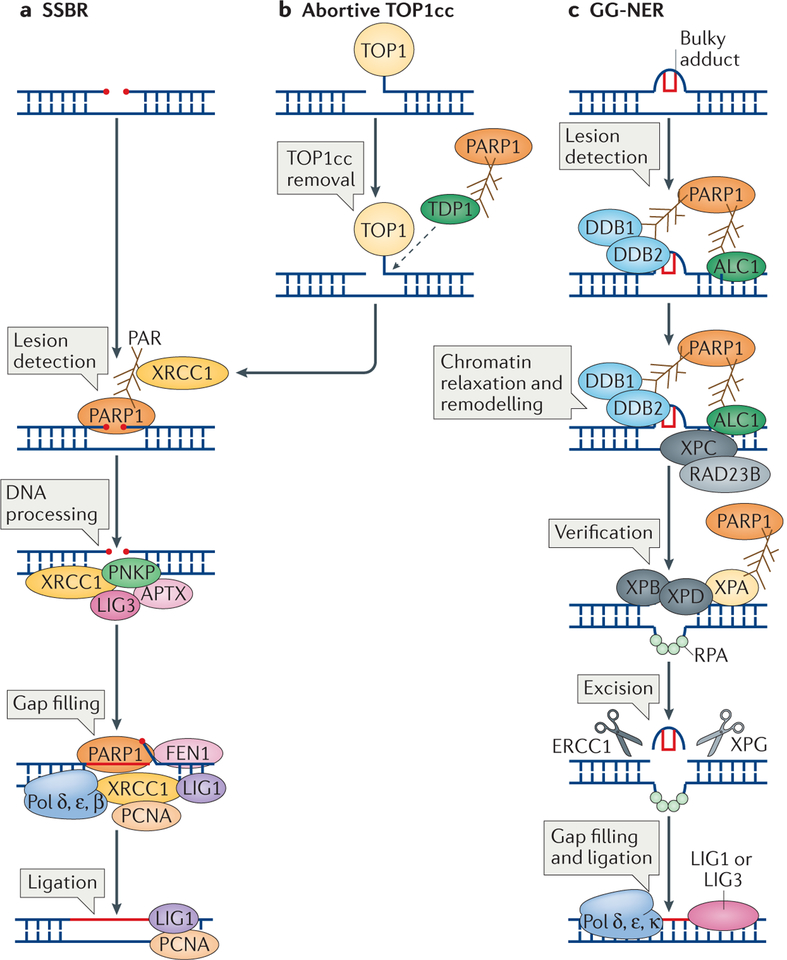Figure 2 |. The roles of poly(ADP-ribose) polymerase 1 in excision repair.
a | Poly(ADP-ribose) polymerase 1 (PARP1) activity is required in different steps of single-strand break repair (SSBR). It is essential for the detection of the SSBs and is then required for the recruitment of X-ray repair cross-complementing protein 1 (XRCC1), which acts as a scaffold for the recruitment of polynucleotide kinase 3′- phosphatase (PNKP), aprataxin (APTX) and DNA ligase 3 (LIG3) to process the SSB. This is followed by the gap filling step, which is carried out by DNA polymerase δ (Pol δ), Pol ε and Pol β, and also requires PARP1 for stimulating the 5′ flap endonuclease activity of flap endonuclease 1 (FEN1). Finally, the DNA is ligated by LIG1. b | PARP1 is also required for the processing of SSBs at abortive DNA topoisomerase 1 (TOP1) cleavage complexes (TOP1cc). PARP1 recruits and activates tyrosyl-DNA phosphodiesterase 1 (TDP1), which cleaves the TOP1cc from the DNA. The SSB is then repaired by SSBR. c | PARP1 is important for the repair of bulky adducts by global genome nucleotide excision repair (GG-NER). In the initial step, lesion detection, the DNA damage-binding protein 1 (DDB1)–DDB2 complex is recruited to autopoly(ADP) ribosylated (autoPARylated) PARP1. This is followed by the recruitment of amplified in liver cancer protein 1 (ALC1), a step that is also mediated by PARP1. This results in chromatin decondensation, the recruitment of xeroderma pigmentosum group C-complementing protein (XPC) and RAD23B, and lesion verification, which involves recruiting XPB and XPD through the interaction of their binding partner XPA with PARP1. Following lesion verification, the bulky adduct is excised by the concerted action of two nucleases, excision repair cross-complementing group 1 protein (ERCC1) and XPG, and the resulting gap is filled by Pol δ, Pol ε and Pol κ, and ligated by LIG1 or LIG3. PCNA, proliferating cell nuclear antigen; RPA, replication protein A.

